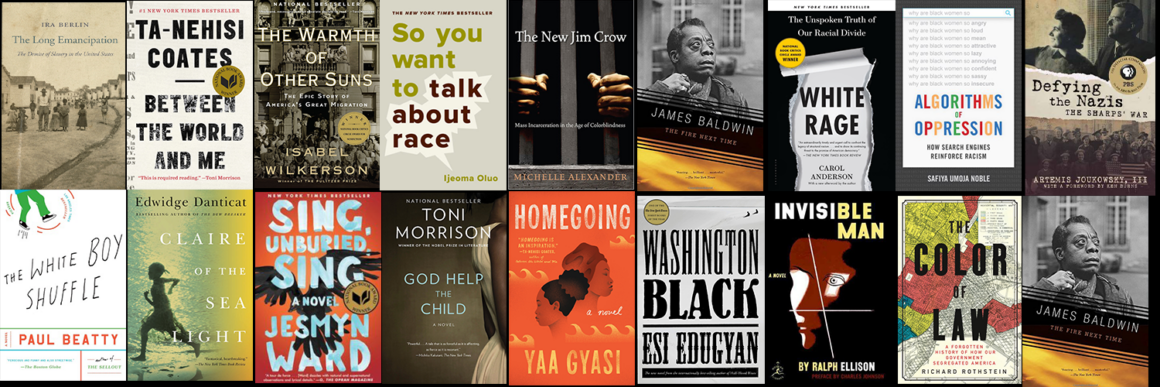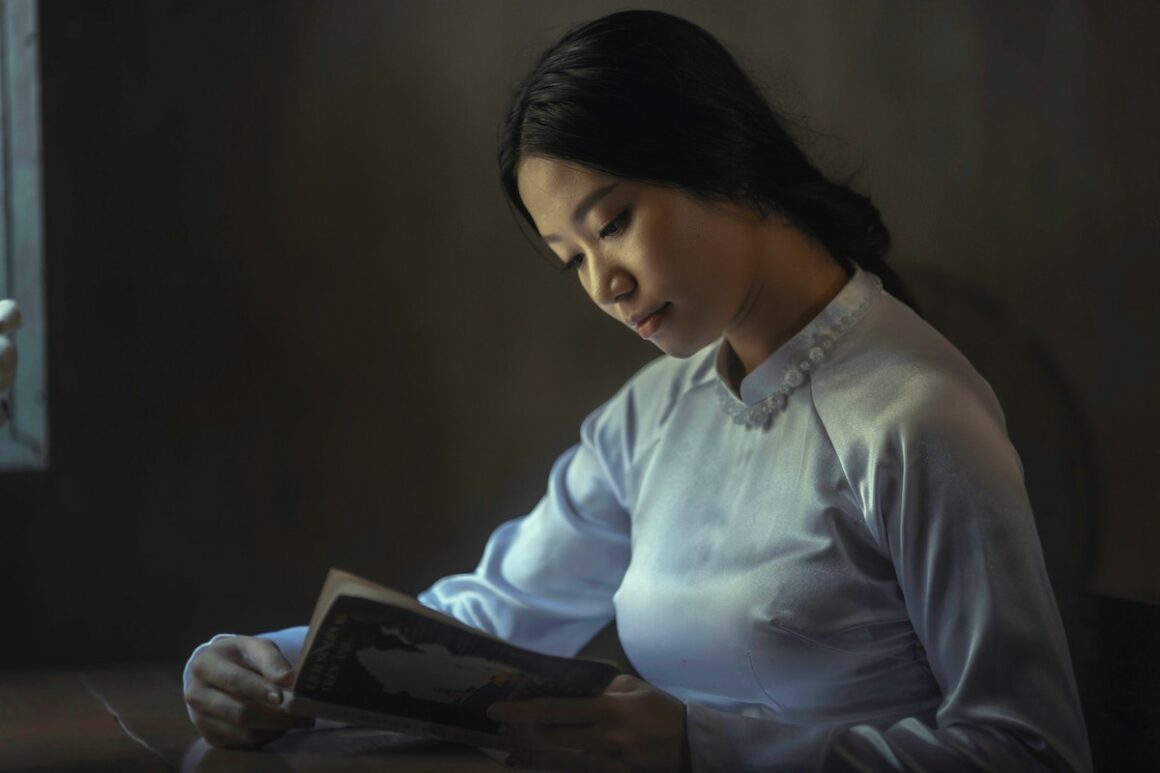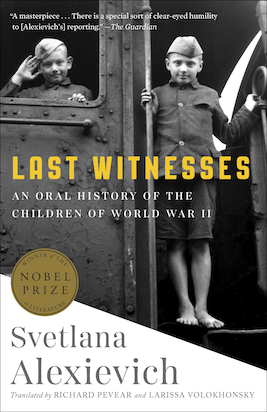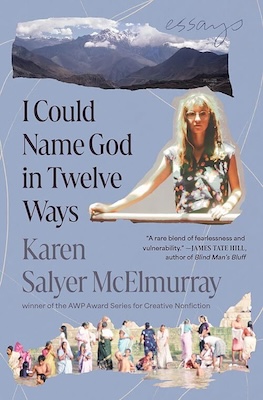V.A. Christie is an author and artist whose debut fiction collection, The Devil’s In The Details, was published by Atmosphere Press in 2019. V.A. Christie’s short story “Heartless” was selected as a finalist by Pen 2 Paper in 2019, and won the Audience Choice award in 2020.
Forthcoming publications include the Konstellation Press Anthology to be titled Modern Metamorphosis.
Follow VA Christie on Twitter.
Published in 2019, The Devil’s in the Details was recently reviewed by Albert Hill who wrote this about your short story collection: The Devil’s in the Details “pushes the borderlines between realism and fantasy, with stories crossing genres, borders, and planets ranging stylistically from noir to science fiction, to the surreal.” What does Hill mean by pushing borderlines in this collection of twenty-four stories?
I want to begin the interview by thanking the people who made publishing The Devil’s In The Details possible, to say that I appreciate the review, and to thank Sandra Fluck for the opportunity to be interviewed. This is my first literary interview, and my opinion is not often asked for so I hope that my answers will be up to par.
I hope what is meant in the review by pushing borderlines is that it is in the in-between where things get interesting. The Celtic people have always said that the most powerful places were borderlands and crossroads, and the most powerful times of day were the time between the times AKA Dusk and Dawn. I recently watched a TV Series called Taken Down (which was, fair warning, an exceedingly dark series), and a character in it says of Dusk that it is the time the French call the hour in which it is impossible to tell wolves from dogs. Now, I do not speak French and when I Googled the term I was not able to find anything that resembled it, so perhaps it was merely an artistic turn of phrase the series employed.
I believe that short fiction has license to be experimental in narrative, style, and content in ways other fiction can’t afford to be.
Some of the stories are from multiple points of view because there is always more than one side to every story. There are as many sides as there are people in the world, which is as problematic as it sounds and if you need proof of that, all you have to do is watch the evening news or read a newspaper.
This is as good a time as any to state that some of the stories in the collection are connected. “Complex” Part 1, 2, and 3 are linked and tell the same plot line but from different points of view. This is the most obvious example of a story told from more than one point of view. “Complex” was actually inspired by a famous and frequently referenced film, but I take a very different tack with truth in the tale. My editor wanted to know if the initial lead in “Complex” was the grown-up version of a child in one of the stories, but I’m not going to give a specific answer because I like people to come up with their own questions. As for other links between the stories, “The Barton Boy” and “The Missing Girl” are both linked to my novel Strangers You Know.
A book by an author I like called Borderliners begins with the words: “What is Time?” For my part, I think that time itself (or as the Wim Wenders film had it: Emit Flesti) is a very interesting, and possibly only theoretical concept.
Sometimes I think of stories a bit like they are films—I prefer to “cut” to the essential rather than continue once a point has been made. I also prefer to leave a certain amount up to the reader, including how to interpret some of what unfolds in a story such as who is telling the story, and why, and if they are to be trusted. I would rather see multiple interpretations and some of what the reader perceives as a reflection of himself or herself instead of pursuing a dogmatic vision in which there is only one “right” path. Stories are not right or wrong, they are well or badly written; and I reserve the right to hope that mine are well written.
I consider myself to be a cross-genre writer. Cross-genre writers take elements they like from different genres, including from nonfiction, and integrate them. I used to think I was a mystery writer, but I had too much interest in other genres. That being said I love a good fast-paced mystery, and the French film Ne le dis à personne based on the novel by Harlan Coben Tell No One is one of my favorite mystery films and I watch it at least once a year. If you want to figure out the bones of how to create a good psychological mystery, I consider watching as many French and Nordic Noirs as possible to be imperative.
Noir is my preferred mystery type, because I enjoy the ambiguity which good noir should contain. If there was one style which influences every story in some way, it is probably noir. However, I should say that I am not a noir expert. There are many noirs I have not read and many noir films I have not seen—it is the style I like, when it is done well.
Several of the stories use theoretical technology or technology not yet in existence. “Copy That” is one of those, with the science-fiction element based on the theory that it will be possible in essence to 3D Print humans at some point in the near future. It is either currently possible to 3D print meat and organs, or is about to be possible, which means that it should be theoretically possible to 3D print entire organisms. This may never actually become possible, and even if it becomes possible would be unethical, but it is an interesting concept for a science-fiction story.
I consider “The Dark Book” to be a surrealist story told from the perspective of madness or of a world so warped that anyone who was sane was mad. Something like a fun-house mirror of our reality minus the fun. That is one of the shortest stories in the collection because I was not able to maintain the perspective for very long unaided. That was also the story that has inspired the most nasty and personal negative commentary and feedback from potential publishers prior to being published in The Devil’s In The Detail, so perhaps I was on the right track with it.
I tend to think of the idea before I write. Then I try to write the entirety of a short story in one sitting, or over the course of one day. Several of my short stories were influenced by dreams, and some contain dreams in the structure of the story. However, no matter how outlandish a story may seem on its face, every story in The Devil’s In The Details contains at the very least a passing reference to something that actually happened to me or someone I know, and one has a fairly accurate depiction of a strange series of events. I respect people who outline or use notes but I have never used them.
My revision process is to create greater consistency and to expand on the important points. Most writers I think have to reduce what they have written; I have to have the opposite approach. And while my short fiction is often quite short, I do not like superfluous words in fiction and I think “overwriting” gets in between the words and the reader. I want the reader to have a visceral experience when they read my writing. However, I know that some of my stories have a bit of wordplay and sleight of hand—but if the writer does not enjoy writing the story, will the reader enjoy reading it?
I did not know I had an interest in writing fiction until after I graduated from college. One day when I was walking, it occurred to me that as far as I knew a certain plot line had not been done before. The idea I had on that day became my novel Strangers You Know. For a long time I did not know if I could write short fiction because I believed that modern short fiction had to be written in the way in which Borges writes. I don’t know anymore why I believed that, but at the time it seemed inescapably true. Now a collection of my short fiction has been published and my novel has not been published; it was a twist I did not see coming.
I have been a visual artist for as long as I can remember. I used to keep the art and writing a bit more separated; however, my current writing project is about a gambler and one of my current art projects is a film noir-influenced deck of playing cards. So I guess you could say I have begun to influence myself in ways I did not predict.
I consider myself to be a visual person, and I have been told that there are visual elements in the way in which I write. But as much as I have always enjoyed reading, I have always been very influenced by film and by visual art not just by the way in which great writers write but also by the way great film and art moves you to think and feel in different ways.
When I was young, I read Mark Twain, Robert Luis Stevenson, and some Edgar Allen Poe. Other than those authors, what I read was fairly typical for young readers and included a lot of fantasy, science fiction, and historical fiction. As a teenager, I read the Harry Potter series (more than once), Sherlock Holmes stories, Shakespeare, and a lot of nonfiction.
Currently, I mostly read books considered to be classics and nonfiction. Part of what I enjoy about classic fiction is that it makes no distinction between genres, so Shakespeare could write about an exiled King with magical powers or star-crossed lovers, or a play that could very easily be (and probably has been in an uncredited form) the basis for a gangster movie. Besides classic works and nonfiction, I also read a lot of translated books because I enjoy learning about other places and cultures. A few contemporary authors whose work I have enjoyed include: Peter Hoeg, Colum McCann, Donna Tartt, Peter Temple, Orhan Pamuk, and Michael Chabon. These writers are all very different in terms of style and philosophy, but I think the last thing anyone needs is for their preferences to be too similar. One thing I find interesting about the authors I like most is that each of them has at least one work I have either disliked entirely or disliked large segments of. Art, though, is not about pleasing everyone all the time, and I respect that these authors were willing to risk offending people; too much of what is being published now may as well have been written by one of the machines in George Orwell’s 1984.
The title of the novella is Shore Break. It is about a surfer who is drawn into the mysterious death of one of her co-workers. So it is about someone who is stranded between worlds, the earth and the ocean, right and wrong, who she dreams of being and the soul-crushing reality in between her and her desires.
I am reworking a paranormal mystery novel because the first time I wrote it too quickly and it lost the nuance. It is about a psychic gambler (because if I had psychic powers that is how I would make money) and a ghost. I have read stories with gamblers, and stories with psychics, and stories with ghosts, but I am hoping a story with all three will add up to a work that is interesting and entertaining. In part it is a story about how luck, chance, and ability can take on a force majeure role in the lives of individuals. The thing about luck is that good or bad luck represents two sides of the same coin and luck can always change for better or for worse.
My other novel is a noir style mystery titled Strangers You Know, and is about a damaged Detective, and a cop accused of murder. Though I set it in a fictional East Coast city, it is also somewhat of a western, which is perhaps to be expected from someone who was born in California. So it has most of what you expect in a noir including murder, betrayal, cops, criminals, and a bit of romance; it also has an underlying quest for retribution that comes into conflict with ordinary reality. And in the end exactly who has gained revenge and why it is somewhat open to interpretation.
I would tell them to only pay attention to informed opinions.





